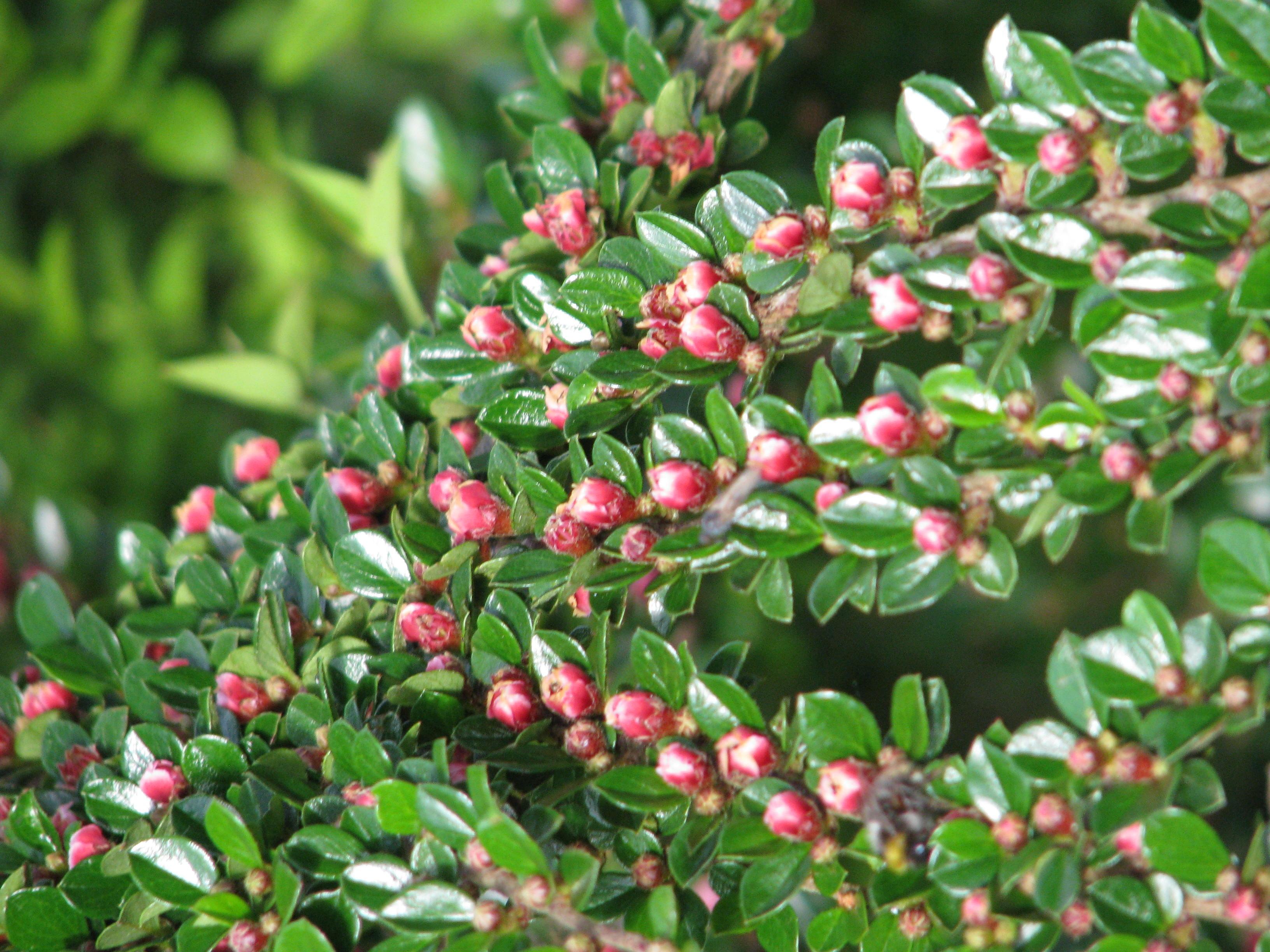
Rockspray cotoneaster (Cotoneaster horizontalis)
Rockspray cotoneaster, also known as Fishbone Cotoneaster, Wall cotoneaster, Wallspray
Rockspray cotoneaster (Cotoneaster horizontalis) is a low-growing deciduous shrub that enhances garden aesthetics with its unique characteristics. It features delicate pink flowers that bloom from spring to summer, followed by striking red berries in late summer to fall. The dark green, glossy leaves transform into a vibrant reddish-purple hue in the fall. This plant also attracts butterflies and birds, adding life to your garden. It thrives in full sun to partial shade and typically grows to a height of 30 to 61 cm.
Key Facts About Rockspray cotoneaster
Attributes of Rockspray cotoneaster
Scientific Classification of Rockspray cotoneaster
Toxicity
Golden pothos contains a chemical called calcium oxalate, which is mildly toxic to humans if ingested or if the skin comes into significant physical contact with its sap. Symptoms of ingesting golden pothos may include eczema (itchy, red, swollen, irritated skin), burning, inflammation of the mouth, and vomiting. Contact with the sap can also cause dermatitis: an uncomfortable, itchy rash. Although not typically life-threatening to your dog, the leaves of the golden pothos, if ingested, will irritate your dog's mouth and gastrointestinal tract. Chewing the leaves or stems of this plant causes intense irritation of the mouth, tongue, and lips. and results in drooling or vomiting, which in turn may cause dehydration.